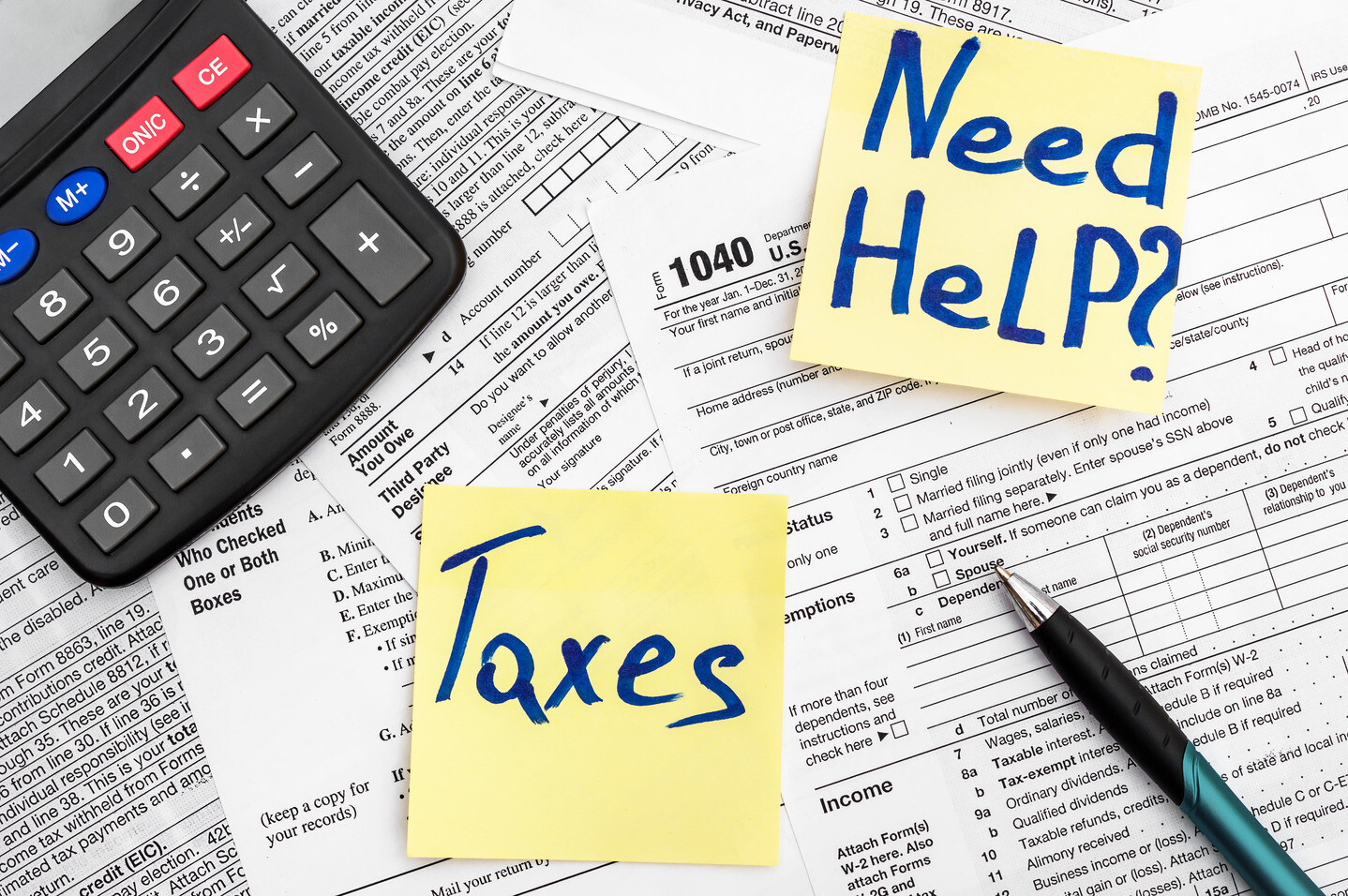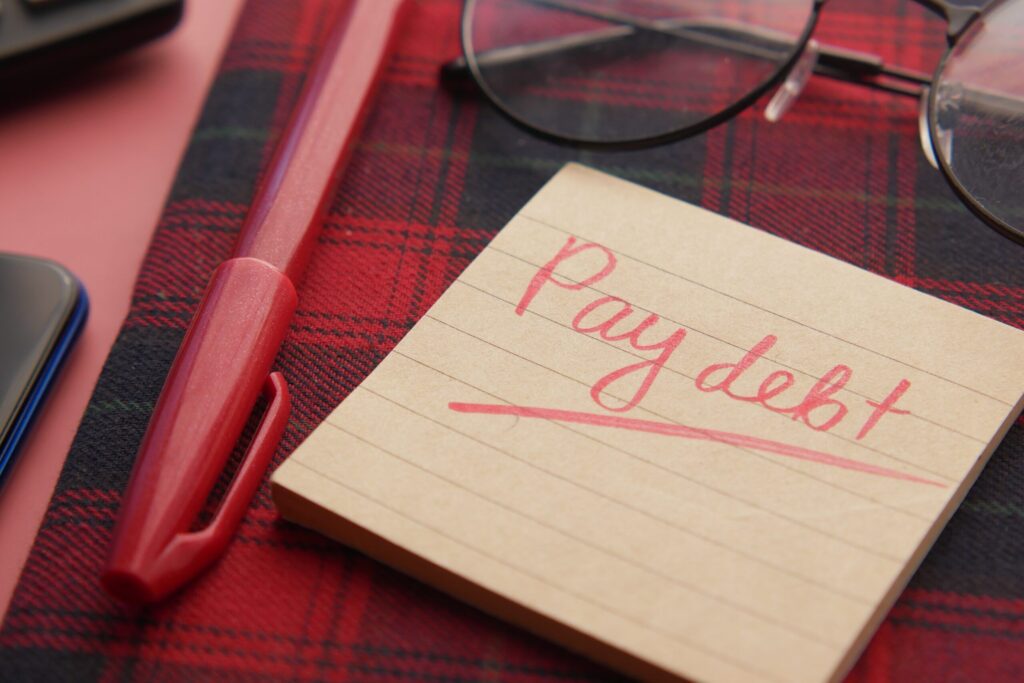In the ever-complex world of taxation, many Canadian taxpayers will find themselves facing unforeseen financial burdens due to penalties or interest charges imposed by the Canada Revenue Agency (CRA). If you are facing these financial challenges, on top of perhaps a hefty tax debt bill, don’t panic – there’s always a solution for gaining tax debt relief. At Spergel, we know that no matter how bad you might think your financial situation may be, there is always a way to get your finances back on track. When it comes to tax penalties, for some Canadians, there’s a beacon of hope: the CRA’s taxpayer relief program. This initiative is designed to assist individuals and businesses struggling with tax obligations, potentially waiving or cancelling penalties and interest in certain situations. But who qualifies for this relief, and under what circumstances? We are here to guide you through the eligibility criteria and the application process for gaining CRA taxpayer relief.
What is CRA taxpayer relief?
Sometimes, unexpected circumstances or bills can hinder our ability to repay our tax debts, and it can quickly seem overwhelming to pay them off due to high interest rates and penalties imposed by the CRA. The positive news is that the CRA taxpayer relief program offers a lifeline to those who are unable to meet their tax obligations due to reasons beyond their control. The program is grounded in fairness and aims to help taxpayers rectify their financial situation without the added burden of penalties or interest. The relief program can cancel penalties and interest, as well as issue refunds for tax returns that are over three years past the typical assessment period.
Who is eligible for CRA taxpayer relief?
You may qualify for taxpayer relief if your situation falls under one of the following categories:
- Extraordinary circumstances: natural disasters (such as wildfires or floods), serious illness or accidents, or mental health issues that prevent timely tax payment or filing.
- CRA mistakes: delays or errors that result in taxpayers being unable to pay taxes on time, file returns properly, or that cause unnecessary penalties or interest.
- Inability to pay or financial hardship: situations where paying the owed amount would result in significant financial hardship, making it difficult to afford basic needs like food, housing, and transportation.
- Other circumstances: There are situations outside these categories that may still warrant relief, considered on a case-by-case basis.
How do you apply for CRA taxpayer relief?
Although you might think that requesting CRA taxpayer relief is relatively straightforward, the reality is quite different. It can be challenging and take time to navigate the complicated process. Ultimately, you need to persuade the CRA to act in your favour – which is where our experienced Licensed Insolvency Trustees at Spergel can help you. The application process for taxpayer relief involves submitting a detailed request to the CRA. This request must include:
- A clear explanation of why you need relief, including relevant dates and supporting documentation (e.g. medical reports, notice of natural disaster, proof of CRA errors, financial statements).
- A detailed account of the penalties or interest you are seeking relief from.
- Any attempts you’ve made to resolve the issues.
It’s important to note that applications for taxpayer relief must be made within ten years of the tax year for which you’re seeking relief.
How can Spergel help?
Having helped Canadians to gain debt relief for over 34 years, we know all too well the challenges of working with the CRA. We understand that navigating the intricacies of the CRA’s taxpayer relief program can be difficult. Plus, you might be facing additional challenges if the CRA is exercising its collection powers or making threats to garnish your wages or freeze your bank account. Our experienced team offers expert guidance throughout the application process, ensuring that your request is compelling and backed by the necessary documentation. Our goal is to maximize your chances of receiving relief, alleviating financial stress, and helping you regain your financial footing. We can help to put an immediate end to creditors contacting you, and if your debt needs reducing or eliminating completely, we can explore the following options:
- Filing a consumer proposal – a consumer proposal is a legal debt settlement administered by a Licensed Insolvency Trustee. It is the process of formally negotiating a reduction of your debt with your creditors, who would rather you paid some repayment over what they’d receive should you file bankruptcy. It can reduce your debt by up to 80%, while enabling you to keep your assets. As well as offering legal protection from your creditors, it also means you can avoid bankruptcy. At Spergel, we have a 99% acceptance rate on any consumer proposals we file.
- Filing bankruptcy – bankruptcy is the process of assigning any non-exempt assets you may have over to your Licensed Insolvency Trustee in exchange for the clearance of any unsecured debts you have. You receive immediate protection from your creditors, and the opportunity to experience a fresh financial future, free from the burden of overwhelming debt. While many Canadians believe that bankruptcy will leave them with nothing, this is not the case – you may be able to retain your house and a car within a certain value threshold. At Spergel, we have helped Canadians to get back on the path to financial stability for over 34 years, and we’ve seen it all.
CRA taxpayer relief – FAQs
Here are some of the most common questions we receive about CRA taxpayer relief.
Are taxes forgiven after 10 years in Canada?
In Canada, taxes are not automatically forgiven after 10 years. However, there is a limitation period for the CRA to collect debts, which is generally 10 years. This means the CRA might not pursue the collection of a tax debt after 10 years from the date it was assessed. This does not, however, mean the tax debt itself is forgiven; it simply limits the CRA’s ability to use legal means to collect the debt after that period. It’s important to note that certain actions, like acknowledging the debt or making a payment, can reset this limitation period. This 10-year rule does not apply to all types of tax debts or under all circumstances, and there are exceptions where the CRA can extend this period, particularly if there has been an evasion of taxes or fraud.
What is the CRA in Canada?
The Canada Revenue Agency (CRA) is the federal agency responsible for the administration of tax laws for the Government of Canada, as well as for most provinces and territories. It oversees tax collection, tax compliance, and the delivery of various social and economic benefit and incentive programs through the tax system. As well as processing personal and corporate tax returns, the CRA also handles goods and services tax/harmonized sales tax (GST/HST) and other types of taxes. It also plays a key role in administering tax credits and ensuring compliance with Canada’s tax laws, offering guidance and support to taxpayers, and enforcing tax legislation to maintain the integrity of Canada’s tax base.
How do I clear my CRA debt?
Clearing your CRA debt involves several steps, starting with understanding the total amount owed by reviewing your tax account. Once you know the amount, you can contact the CRA to discuss payment arrangements if you’re unable to pay the full amount immediately. The CRA may work with you to establish a payment plan that fits your financial situation. In cases of severe financial hardship, you might qualify for taxpayer relief provisions, which can waive or cancel interest and penalties. For more complex situations, consulting with a Licensed Insolvency Trustee can provide strategies such as filing a consumer proposal or bankruptcy to clear or eliminate your debt entirely. It’s crucial to communicate openly with the CRA and seek professional advice to navigate the best course of action for resolving your tax debt.
Is everyone eligible for tax relief?
Not everyone is eligible for tax relief under the CRA’s guidelines. Eligibility for tax relief, specifically through the CRA’s taxpayer relief program, is determined based on specific criteria, including suffering from extraordinary circumstances such as natural disasters, serious illness, or severe financial hardship that prevent timely tax payments. The program also considers cases where CRA actions or delays have contributed to the taxpayer’s inability to meet their obligations. Each request for tax relief is evaluated on a case-by-case basis, taking into account the individual circumstances and reasons provided by the taxpayer. While the program is designed to offer relief to those facing genuine hardship or unfair penalties, not all taxpayers will qualify for relief under this program.
How do you know if you are eligible for tax relief?
To determine if you’re eligible for tax relief, you’ll need to assess your situation against the criteria set by the CRA for their taxpayer relief program. Eligibility is typically based on facing extraordinary circumstances such as natural disasters, serious illness, significant financial hardship, or errors and delays caused by the CRA that affected your tax obligations. If you’ve experienced any of these situations and they’ve directly impacted your ability to pay taxes or file returns on time, leading to penalties or interest, you might be a candidate for relief. Submitting a formal request for taxpayer relief, with supporting documentation detailing your circumstances, is the official way to find out if the CRA considers you eligible for tax relief.
CRA taxpayer relief is a valuable program for Canadians facing undue financial hardship due to penalties and interest charges. If you believe you qualify, it’s important to act promptly and seek professional assistance to navigate the process effectively. Spergel is here to support you every step of the way, providing the expertise and care needed to seek a positive resolution with the CRA. Book a free consultation with one of our experienced Licensed Insolvency Trustees today to begin exploring your options. Let us help you take the first step towards financial recovery.



















